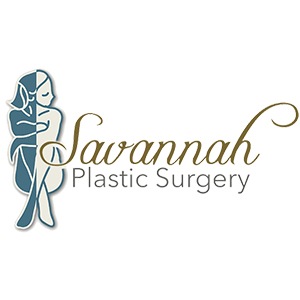Breast augmentation is one of the most common cosmetic surgeries, but myths about the procedure still persist. One of these is that women can’t breastfeed after having a breast augmentation procedure. Can you breastfeed with implants? How does the procedure change your ability to breastfeed? Get the facts.
How Implants Affect Your Ability to Breastfeed
Can you breastfeed with implants? The quick answer is, “Probably, but it depends.” Most women can successfully breastfeed after a breast augmentation, but a small number do have problems breastfeeding, and some may find they can’t breastfeed at all.
Can You Breastfeed with Implants?

If you have breast augmentation surgery, there are two main factors that might affect your ability to breastfeed:
- Where your surgical incisions are, and
- The reason for your surgery
Implant location may be a factor too.
Reason for surgery – This is important because sometimes a woman’s reason for getting augmentation surgery may be what affects her ability to breastfeed. For instance, if you had an augmentation procedure because your breasts were extremely asymmetrical or because your breast tissue never developed at all, there’s a chance that you don’t have enough breast tissue to produce milk.
Incision location – If your incisions are located around your nipples or areolae, they could cause nerve damage that makes it harder to breastfeed. This is because surgery may affect what’s called the “letdown reflex.” This reflex occurs when a breastfeeding child latches onto the nipple and causes the breasts to let down milk. If the nerves in this part of the breast are damaged, it can reduce or prevent the letdown reflex and make breastfeeding more difficult.
If your incisions are near your armpits or underneath your breasts in the inframammary fold, milk production is less likely to be affected.
Implant location – If your breast implants are placed over the top of your pectoral muscles, this may interfere with milk production. If your implants are located underneath the muscle, your ability to breastfeed is less likely to be affected.
If there are any details about your surgery you’re unclear on, contact your surgeon. A good surgeon is always available to help you understand the details of the procedure, including incision and implant placement, and any other information you need.
What About Breast Augmentation with Fat Transfer?
If you have an augmentation with fat transfer, it’s unlikely that incision location will have any effect on your ability to breastfeed. This is because the incisions made during this procedure are very small—around three millimeters. And they’re usually placed underneath the breasts in the inframammary fold. Since there are no incisions near the nipple area, nipple sensation isn’t affected and neither is the letdown reflex.
While it’s unlikely that the incisions from a breast augmentation by fat transfer will impact your ability to breastfeed, it’s unclear whether the transferred fat has any effect. Breast augmentation with fat transfer is a newer procedure than augmentation with implants. This means there’s less information about the long-term effects of fat transfer to the breasts. So it’s as yet unclear whether or not it may reduce a woman’s ability to breastfeed.
The process of fat grafting involves implanting fat into breast tissue. It’s possible that this may disrupt milk ducts or affect breast sensation. Many surgeons believe the procedure has only a minimal impact—if any—on breast tissue. If you want to have an augmentation with fat transfer, talk it over with your surgeon before making a final decision.
What If You Do Have Problems Breastfeeding?
Most women can breastfeed after having a breast augmentation, whether it’s with implants or after a fat transfer. Some women do find that they produce less milk than their baby needs.
If you’re concerned about your ability to breastfeed or produce enough milk, there are some things you can do to improve your ability to breastfeed. Note: It’s important to speak to your doctor about concerns and ideas you have about breastfeeding.
- Try a supplement or medication to help you make more milk – Fenugreek and blessed thistle, for instance, may help with milk production. A prescription-only medication called domperidone can also increase your milk production. Always speak to your doctor before starting new supplements or medications.
- Try different feeding positions to see if your baby prefers feeding in a particular way.
- Meet with an International Board-Certified Lactation consultant – They can help you get ready to breastfeed your baby and work with you to solve any problems that might arise.
Yes, You can Breastfeed If You Have Implants!
If you’ve had a breast augmentation, whether with implants or via fat transfer, you may be worried about whether you’ll be able to breastfeed. If that’s the case, you can rest easy. The evidence suggests that most women can breastfeed after having an augmentation procedure. Some women have a reduced milk supply but are still able to breastfeed.
We’re always here to talk through any questions or concerns you have about potential or upcoming procedures. Contact us to schedule a complimentary consultation!

